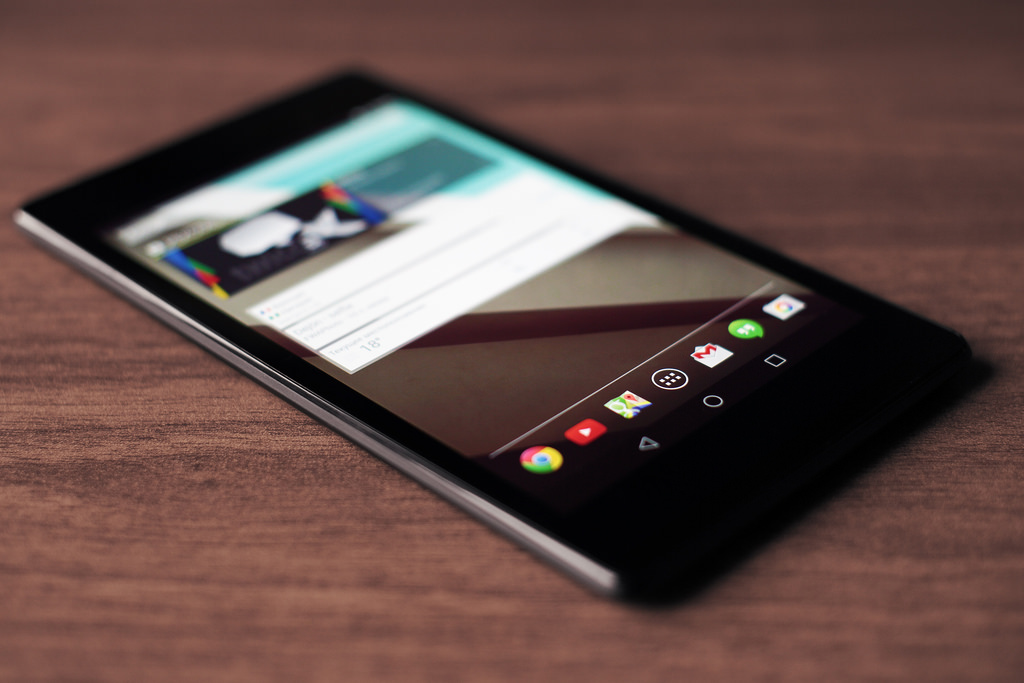Two years ago, Google rolled out its updates on their algorithms to account for the growing numbers of people accessing the Internet from mobile devices. It appears as though some of what they led businesses to believe was not exactly ‘true.’ If you are looking to market your products or services, there are some things you might want to be aware of before throwing your advertising budget into mobile ads. You need to understand how consumers are actually spending time on their smartphones and tablets. In other words, all that hype about responsive websites may have cost your business dearly if you didn’t put your budget where it belonged!
What Research and Recent Statistics Are Showing
Where many went wrong is in assuming that mobile users would be accessing the Internet to make the same purchases they made via their desktop or laptops, and so advertising budgets continued to be focused in much the same way as they always had been. That is to say, they were assuming that by ensuring their websites were responsive they would continue getting the same amount of traffic, just via a smartphone as opposed to a desktop. Unfortunately, research documented on Smart Insights indicates that consumers are still making their purchases, for the most part, from computers and not via their smartphones.
Capturing a Mobile Market
The research mentioned above authenticated that 90% of the time users are on mobile apps and although they do access the Internet via Chrome, Safari and other browsers, it is not with the express intent to buy anything. If you want to capture a mobile market, messaging is still going to be the best way to reach a mobile market because most people open their text messages, and of those, a high percentage are going to click on interesting SMS or MMS apps.
It would seem logical, then, to spend your advertising budget on a multichannel messaging system like an SMS API from Reach Interactive so that you reach consumers where they are likely to see what you are saying. Messages can be automated and sent on a prescheduled time to literally tens of thousands of smartphones. The trick is in composing short SMS or MMS messages with an ultra-engaging call to action.
You Can Conclude That…
So then, while Google didn’t get it wrong, they didn’t exactly get it right either. They didn’t tell the whole story in the beginning, which led many marketers astray. Yes, most people access the Internet via their mobile devices and yes, the amount of time spent on mobile devices far surpasses what they spend on desktops BUT, they still make most of their purchases from a desktop PC. If you are looking to capture a mobile market, you can conclude that the best way to reach them is through apps they are using, especially messaging apps.
They are more likely to see your advert and click through from an SMS or MMS. This is where you should be spending your budget if you want to reach the biggest portion of your market. Don’t assume that they will still be accessing the Web from that device unless you lead them there with the right message sent from the right messaging app.



 UBS Upgrades L’Oréal to Buy, Sees Strong Sales Momentum and 20% Upside
UBS Upgrades L’Oréal to Buy, Sees Strong Sales Momentum and 20% Upside  China’s AI Sector Pushes to Close U.S. Tech Gap Amid Chipmaking Challenges
China’s AI Sector Pushes to Close U.S. Tech Gap Amid Chipmaking Challenges  Supreme Court to Hear Cisco Appeal on Alien Tort Statute and Human Rights Liability
Supreme Court to Hear Cisco Appeal on Alien Tort Statute and Human Rights Liability  Hanwha Ocean Shares Rise on Plans to Expand U.S. Shipbuilding Capacity
Hanwha Ocean Shares Rise on Plans to Expand U.S. Shipbuilding Capacity  Trump Pushes $100 Billion U.S. Oil Investment Plan for Venezuela After Maduro Seizure
Trump Pushes $100 Billion U.S. Oil Investment Plan for Venezuela After Maduro Seizure  Vitol to Ship First U.S. Naphtha Cargo to Venezuela Under New Oil Supply Deal
Vitol to Ship First U.S. Naphtha Cargo to Venezuela Under New Oil Supply Deal  BlueScope Steel Shares Slip After Board Rejects A$13.2 Billion Takeover Bid
BlueScope Steel Shares Slip After Board Rejects A$13.2 Billion Takeover Bid  EU Orders Elon Musk’s X to Preserve Grok AI Data Amid Probe Into Illegal Content
EU Orders Elon Musk’s X to Preserve Grok AI Data Amid Probe Into Illegal Content  Federal Appeals Court Blocks Trump-Era Hospital Drug Rebate Plan
Federal Appeals Court Blocks Trump-Era Hospital Drug Rebate Plan  Samsung Forecasts Strong Q4 Profit on AI-Driven Memory Chip Boom
Samsung Forecasts Strong Q4 Profit on AI-Driven Memory Chip Boom  Johnson & Johnson Secures Tariff Exemption by Agreeing to Lower Drug Prices in the U.S.
Johnson & Johnson Secures Tariff Exemption by Agreeing to Lower Drug Prices in the U.S.  Stellantis to End Plug-In Hybrid Sales in the U.S. as Demand Shifts Toward Traditional Hybrids
Stellantis to End Plug-In Hybrid Sales in the U.S. as Demand Shifts Toward Traditional Hybrids  FCC Exempts Select Foreign-Made Drones From U.S. Import Ban Until 2026
FCC Exempts Select Foreign-Made Drones From U.S. Import Ban Until 2026  AustralianSuper Backs BlueScope Steel’s Rejection of $9 Billion Takeover Bid
AustralianSuper Backs BlueScope Steel’s Rejection of $9 Billion Takeover Bid  xAI Cash Burn Highlights the High Cost of Competing in Generative AI
xAI Cash Burn Highlights the High Cost of Competing in Generative AI  Walmart to Join Nasdaq-100 Index as It Replaces AstraZeneca Following Exchange Move
Walmart to Join Nasdaq-100 Index as It Replaces AstraZeneca Following Exchange Move  Elon Musk Says X Will Open-Source Its Algorithm Amid EU Scrutiny
Elon Musk Says X Will Open-Source Its Algorithm Amid EU Scrutiny 































